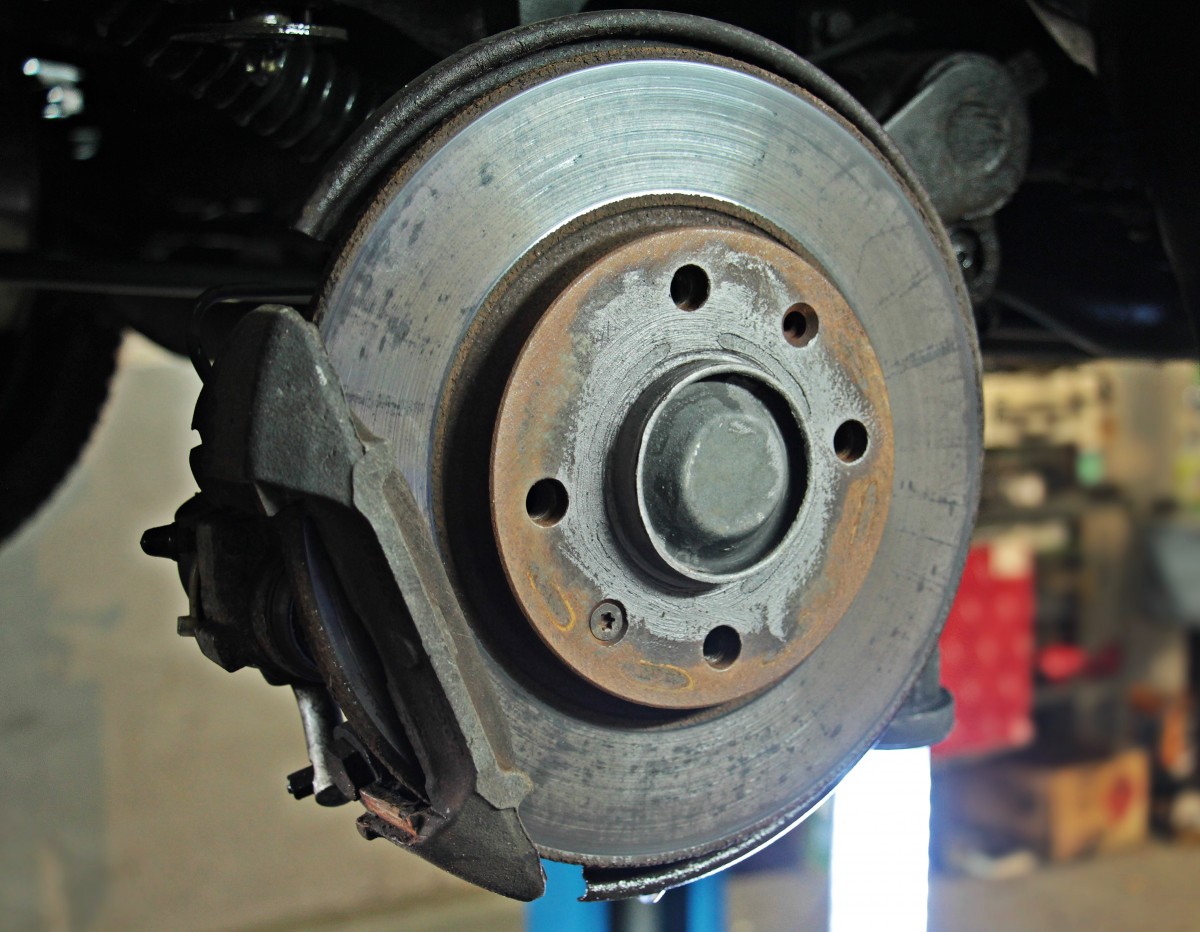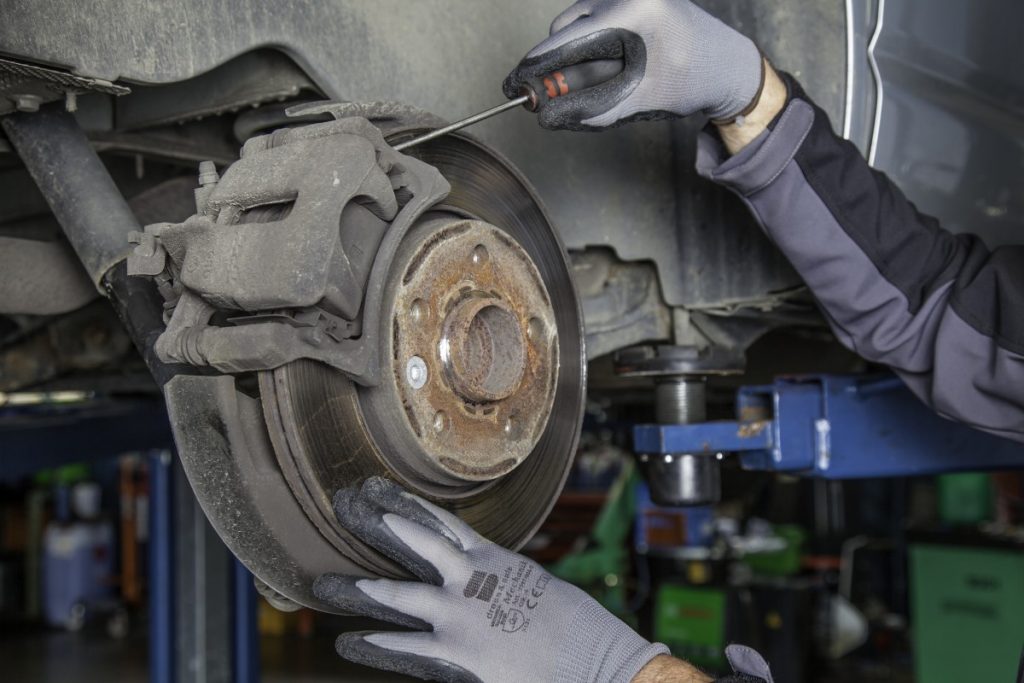Brake pads are undoubtedly one of the key components of your car, especially in terms of safety, since they allow your vehicle to brake properly.
Although the braking system rarely fails, it is essential to know when and how to change them and not to neglect their maintenance. Follow this guide!
What are brake pads for?
Most cars are equipped with disc brakes for the front wheels and drum brakes for the rear wheels. These two systems work differently but are both used to slow or stop a vehicle.
Note: technically, the brake pads will come into friction with the brake discs to slow down their rotation and thus slow down the wheel.
Because of their function, brake pads are subjected to very high temperatures that can approach 800°C. Therefore, they must be able to withstand thermal shocks and be sufficiently well maintained to play their role without putting the people on board the car at risk.
A little tip: for daily maintenance of brake pads: after driving through a puddle of water or cleaning your car so that the brake pads are damp, braking gently several times will help dry them.
Brake pads: when to change them?

It is recommended to change the brake pads of your car every 10,000 km to 30,000 km, depending on your use. The brakes are more stressed in the city, so the pads are worn out more quickly.
Note: it is imperative to take advantage of a brake pad change to check the brake discs’ condition. They must be changed if they are cracked or warped or if the minimum wear thickness has been reached.
However, if you doubt the condition of your brake pads and this information does not appear on your car’s dashboard, you should know that it is easy to assess their state of wear. You must pay a little attention, and several signs will alert you to the problem. Here are a few clues:
- You hear noises that sound rather creaky.
- You feel vibrations while driving.
- Braking is less effective.
A low brake fluid level indicates that the brake pads are probably in an advanced state of wear.
You can measure the thickness of the brake pads (2 mm minimum) or refer to the wear indicator for those with it. Note that you must disassemble the wheel beforehand.
How to choose your brake pads?
Saving money on brake pads can be dangerous for your safety, so opting for cheap ones is not advisable. Choosing brand-name models that are compatible with your car and the discs it is equipped with is preferable. To do this, check the following:
- the year of the vehicle;
- the presence or not of an ABS;
- the diameter of the discs and drums;
if your car is equipped with ventilated discs;
the brand of the parts mounted on the vehicle.
In general, unless you have the appropriate equipment at home, it is preferable to have your brake pads changed by a professional who can give you good advice and take the opportunity to adjust the brake fluid level.
Please note: once your brake pads are changed, they need to be run in for about 500 km to adapt to the brake discs. You should be extra careful during this period and avoid braking too hard.
You should also know that a car’s brake pads are always changed in pairs (front or rear wheels) and that the brake pads you put on your vehicle must always be new and never used!
Hope you like this post. Remember to jot down a few words in the comments below.





3 thoughts on “When to Change Your Brake Pads”